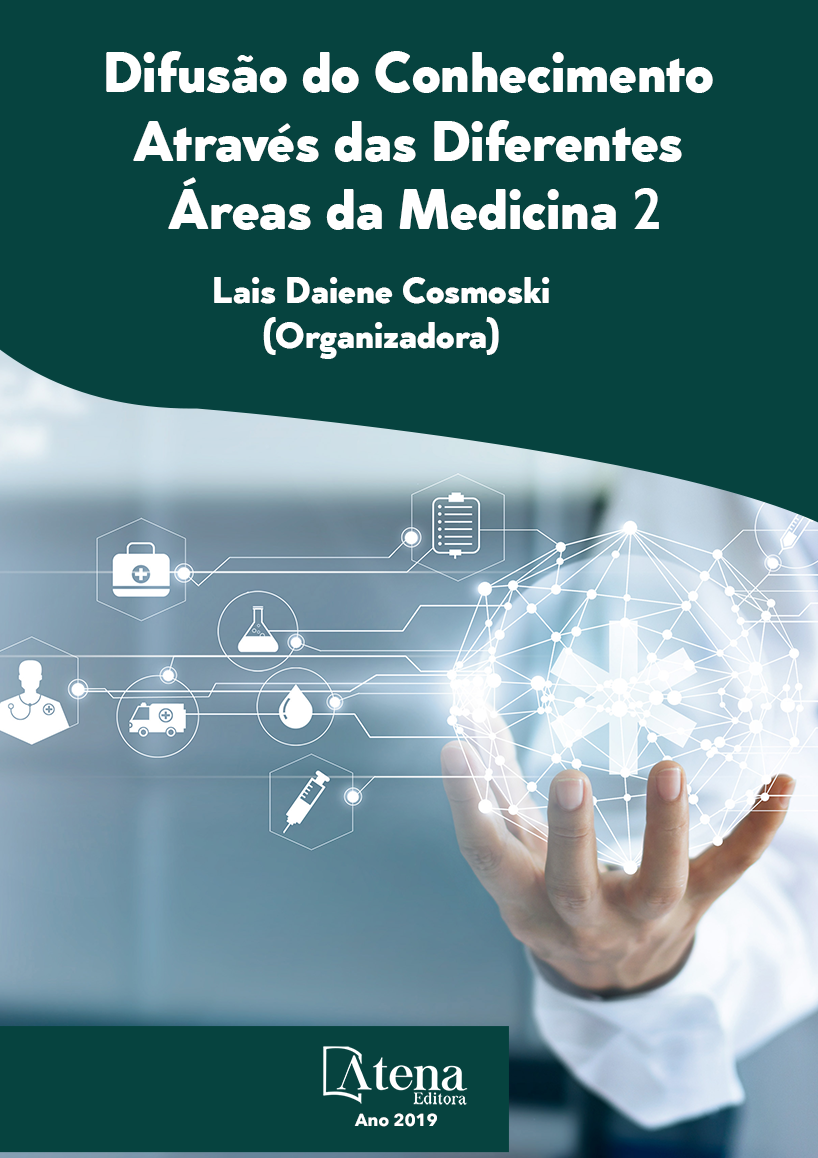
QUALIDADE DE VIDA NOS PACIENTES COM FIBRILAÇÃO ATRIAL
A fibrilação atrial (FA) é a arritmia cardíaca mais comum no mundo, acometendo principalmente maiores de 80 anos. Estima-se que 10% dos octogenários apresentam esta arritmia, que está associada a diversas complicações, como acidente vascular encefálico isquêmico (risco cinco vezes maior em relação a indivíduos saudáveis), tromboembolismo sistêmico, insuficiência cardíaca (risco três vezes maior) e aumento da hospitalização.
Dessa forma, várias estratégias de tratamento, como o controle com drogas antiarrítmicas, foram usadas para melhorar os sintomas e a qualidade de vida dos pacientes com FA. Sendo assim, o uso de medicação para controle da frequência evitando uma rápida resposta ventricular parece ser a melhor abordagem. A recorrência da FA é comum, apesar da administração de drogas antiarrítmicas para manter ritmo sinusal normal após cardioversão. Nesses casos, estudos sugeriram que manter o ritmo sinusal melhora a qualidade de vida, e pode estar associado também à melhora da sobrevida. Assim, o principal fator influenciador na qualidade de vida dos pacientes com FA é a ansiedade, seguido pela frequência e gravidade dos sintomas.
Portanto, é importante que a abordagem terapêutica da FA considere não apenas os sintomas, mas também os fatores individuais do paciente, priorizando seu bem-estar de maneira holística.
QUALIDADE DE VIDA NOS PACIENTES COM FIBRILAÇÃO ATRIAL
-
DOI: 10.22533/at.ed.81619231210
-
Palavras-chave: Taquiarritmia, longevidade, eventos tromboembólicos, doença crônica, controle da frequência.
-
Keywords: Tachyarrhythmia, longevity, thromboembolic events, chronic disease, frequency control.
-
Abstract:
Atrial fibrillation (AF) is the most common cardiac arrhythmia in the world, mainly affecting those older than 80 years. About 10% of octogenarians are estimated to have AF, which is associated with various complications such as stroke (five times higher risk than healthy individuals), systemic thromboembolism, heart failure (three times higher risk), and increased rate of hospitalization.
Thus, several treatment strategies, such as antiarrhythmic drug control, have been used to improve the symptoms and quality of life of patients with AF. The use of frequency control medication to avoid rapid ventricular response seems to be the best approach. Recurrence of AF is common despite the use of antiarrhythmic drugs to maintain normal sinus rhythm after cardioversion. In these cases, studies have suggested that maintaining sinus rhythm improves quality of life and may also be associated with improved survival. Thus, the main factor influencing the quality of life of patients with AF is anxiety, followed by the frequency and severity of symptoms.
Therefore, it is important that the chosen therapeutic approach to AF considers not only the symptoms, but also the individual factors of the patient, prioritizing their well-being holistically.
-
Número de páginas: 6
- Johnny Dreher Folle
- Lucyeli Luna Lopes de Amorim
- Caroline Bernardi Fabro
- Dário Celestino Sobral Filho
- Gustavo Henrique Belarmino Góes


